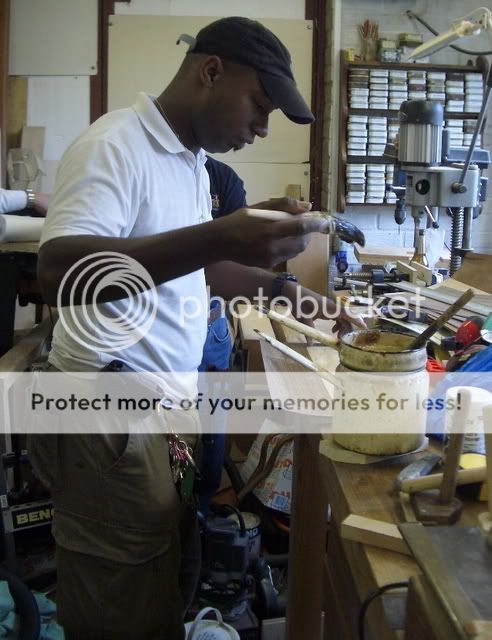woodbloke
Established Member
I'm quite happy to do a couple of panels to show how I do it (and this is the way it was done in the trade) It's difficult to do without the right kit, but easy if you have (and most people have got the stuff in their 'shops) - RobMattty":29osmted said:It sounds like Rob is going to do a write up for his technique.


































